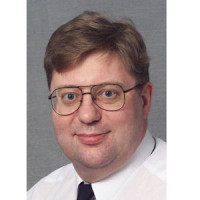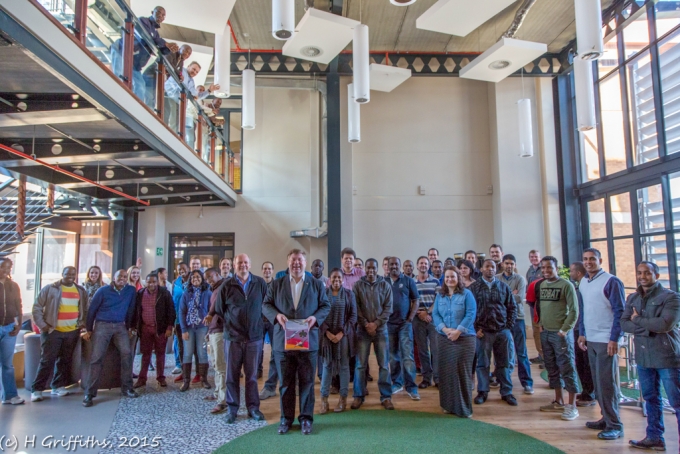
Prof Hugh Griffiths holds the THALES/Royal Academy Chair of RF Sensors in the Department of Electronic and Electrical Engineering at University College London, England.
From 2006 to 2008, he was Principal of the Defence Academy of Management and Technology. He received the MA degree in Physics from Oxford University in 1975, then spent three years working in industry, before joining University College London, where he received the PhD degree in 1986 and the DSc(Eng) degree in 2000, and served as Head of Department from 2001 to 2006.
His research interests include radar and sonar systems and signal processing (particularly synthetic aperture radar and bistatic and multistatic radar), and antenna measurement techniques.
He has published over four hundred papers and technical articles in the fields of radar, antennas and sonar. In 1996 he received the IEEE AESS Fred Nathanson Award (Radar Systems Panel Award), and in 2012 he was awarded the IET A.F. Harvey Prize for his work on bistatic radar. He has also received the Brabazon Premium of the IERE and the Mountbatten and Maxwell Premium Awards of the IEE.
He is a Fellow of the IET (previously IEE), Fellow of the IEEE, and in 1997 he was elected to Fellowship of the Royal Academy of Engineering.
He serves as President of the IEEE Aerospace and Electronic Systems Society for 2012/2013, and he is an IEEE AES Distinguished Lecturer. He has been a member of the IEEE AES Radar Systems Panel since 1989, serving as Chair from 2007 – 2009, and chaired the Working Group which revised the IEEE Radar Definitions Standard P686 and reaffirmed the Radar Letter Band Standard.



